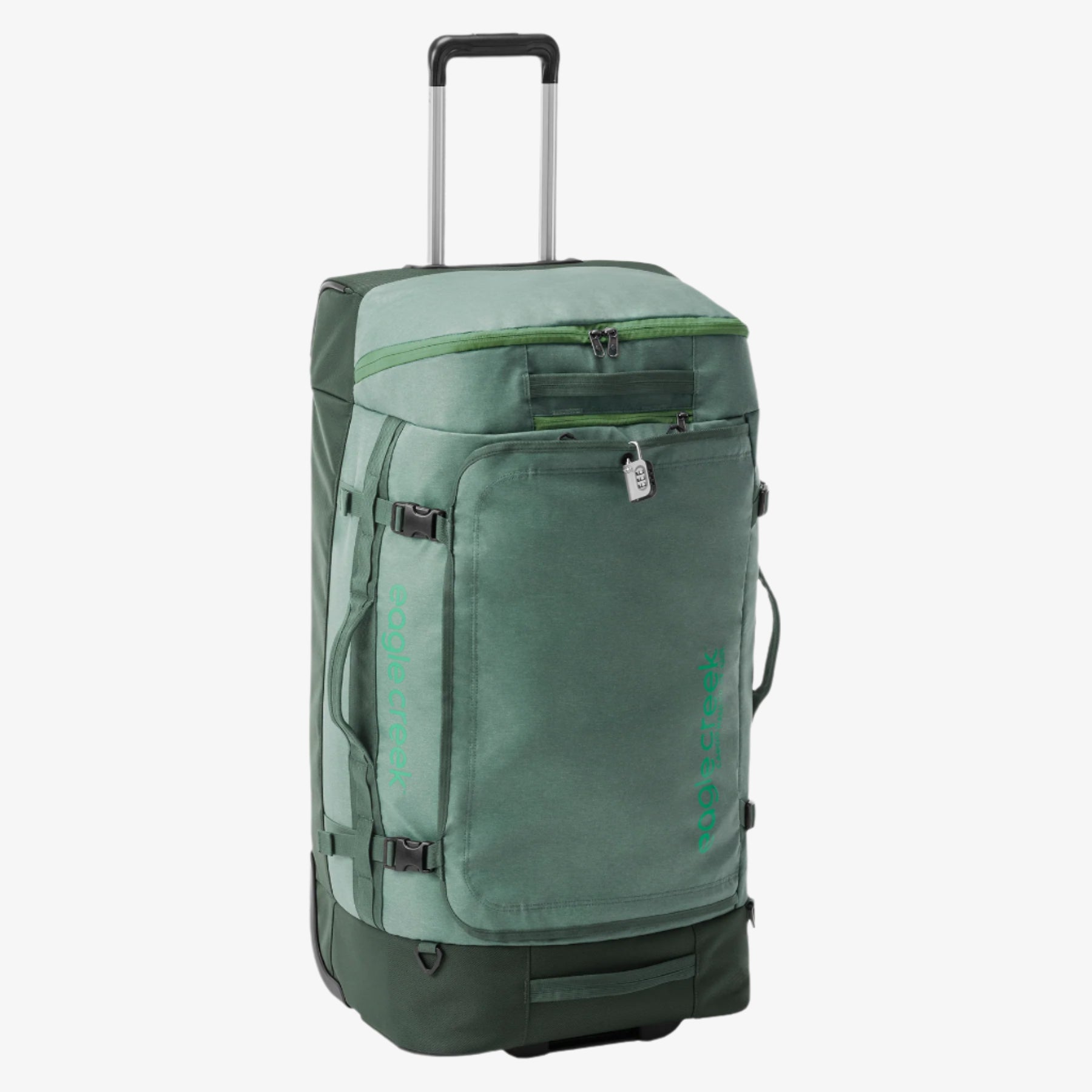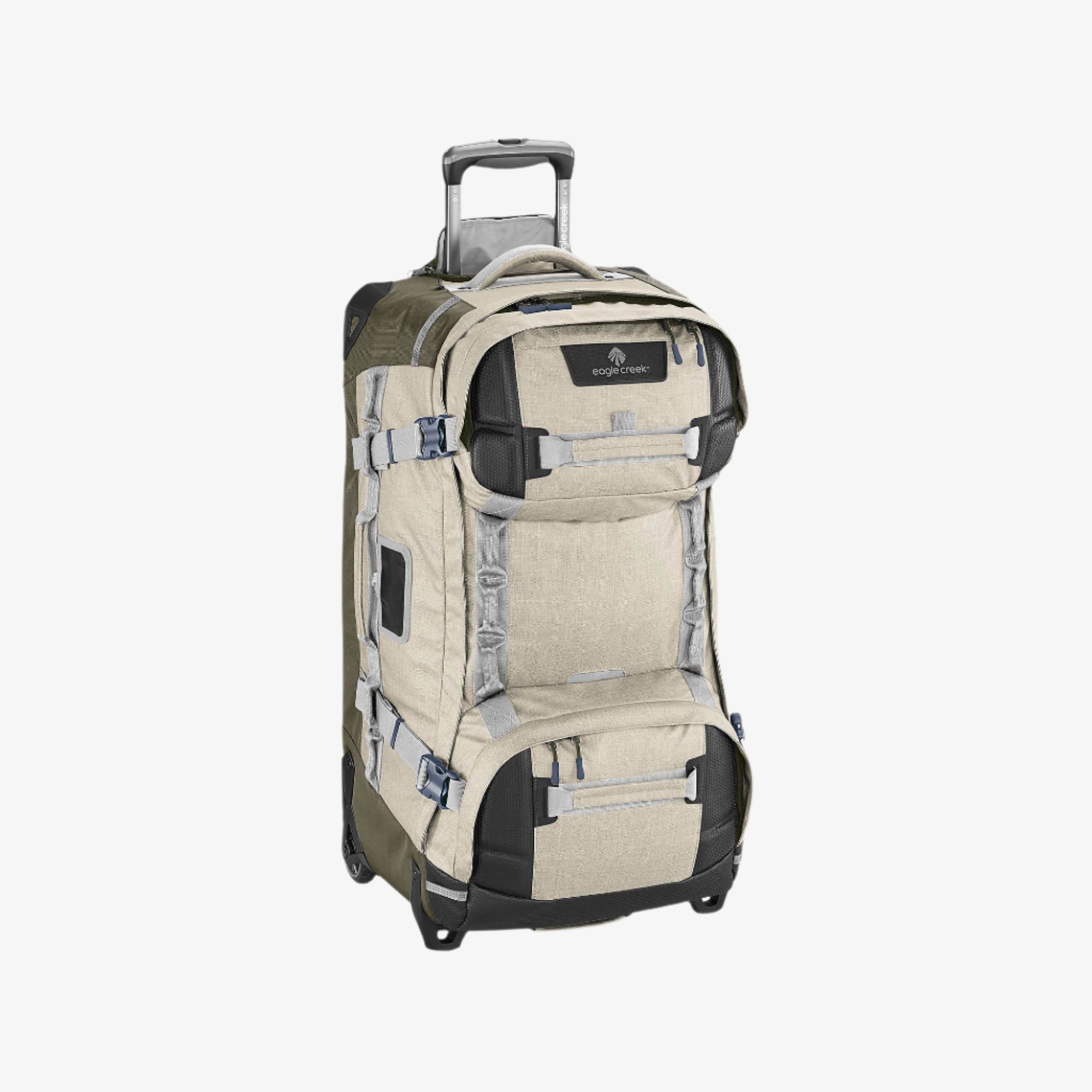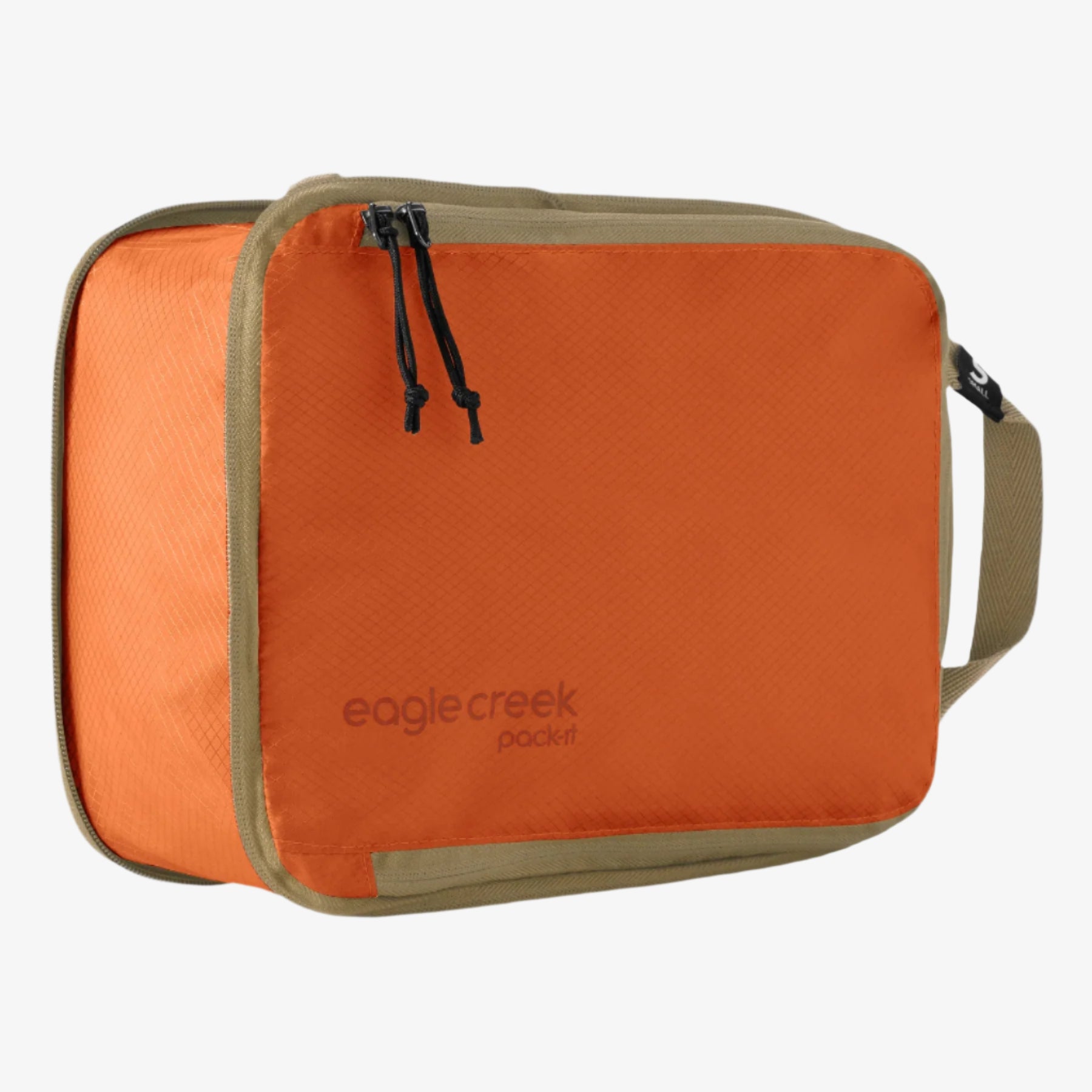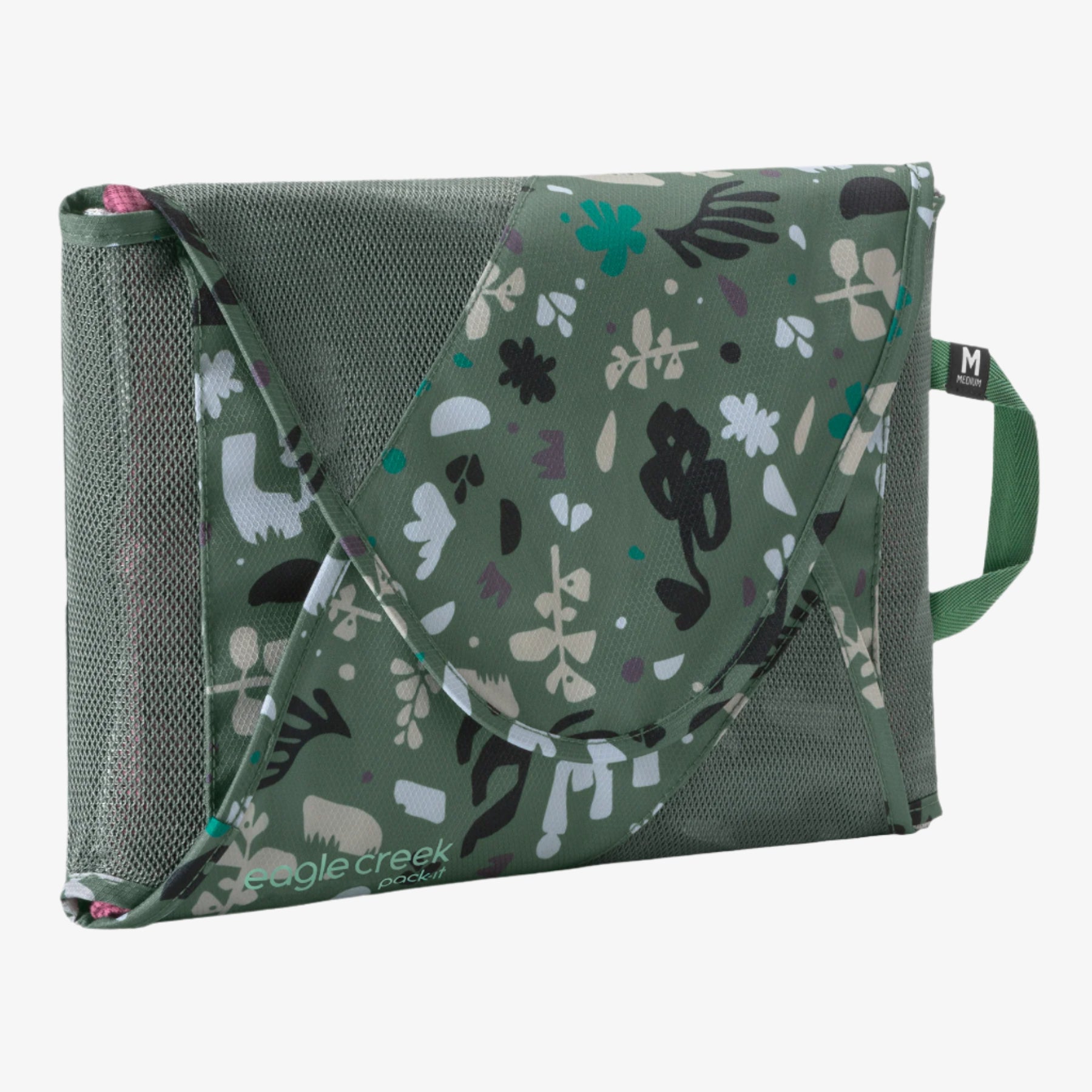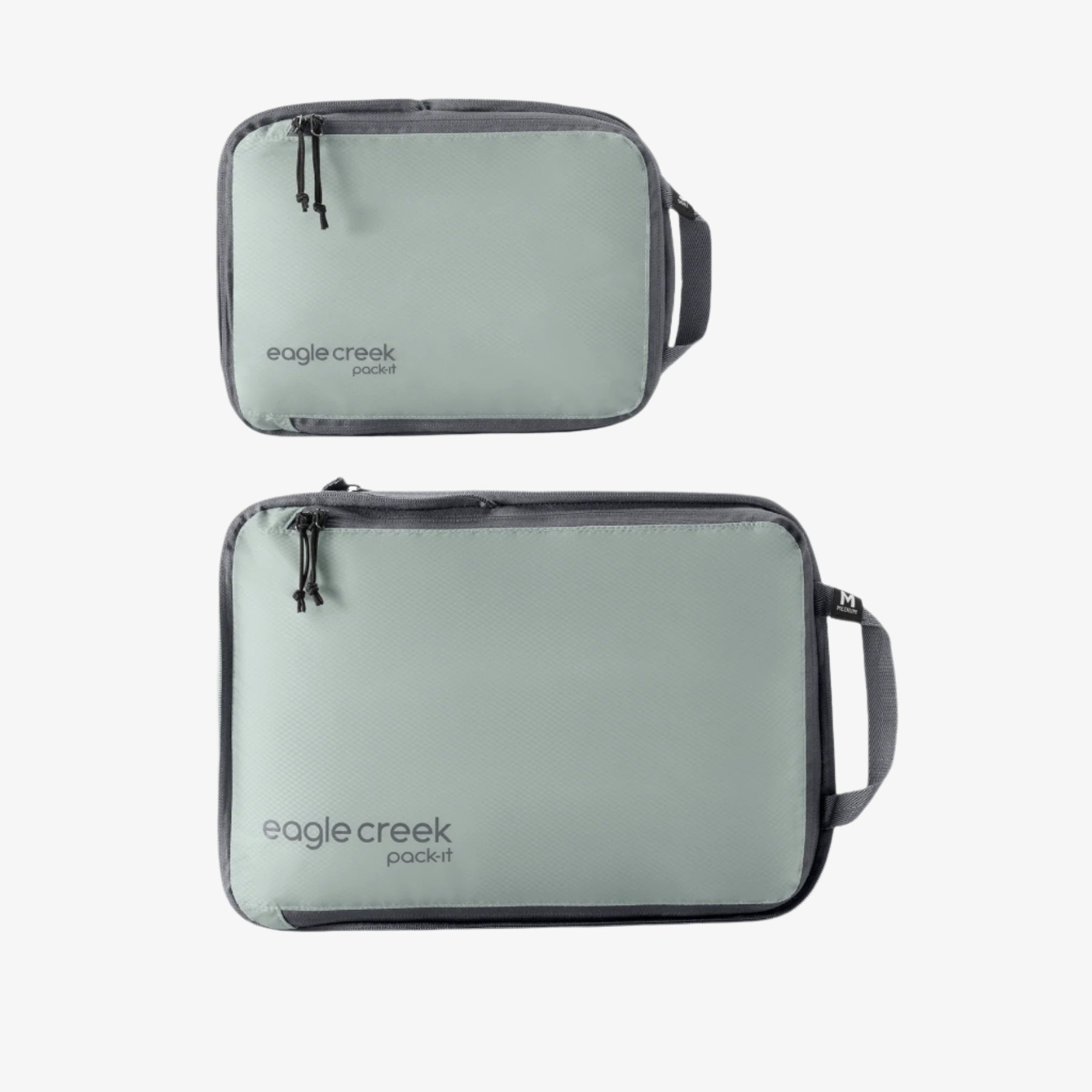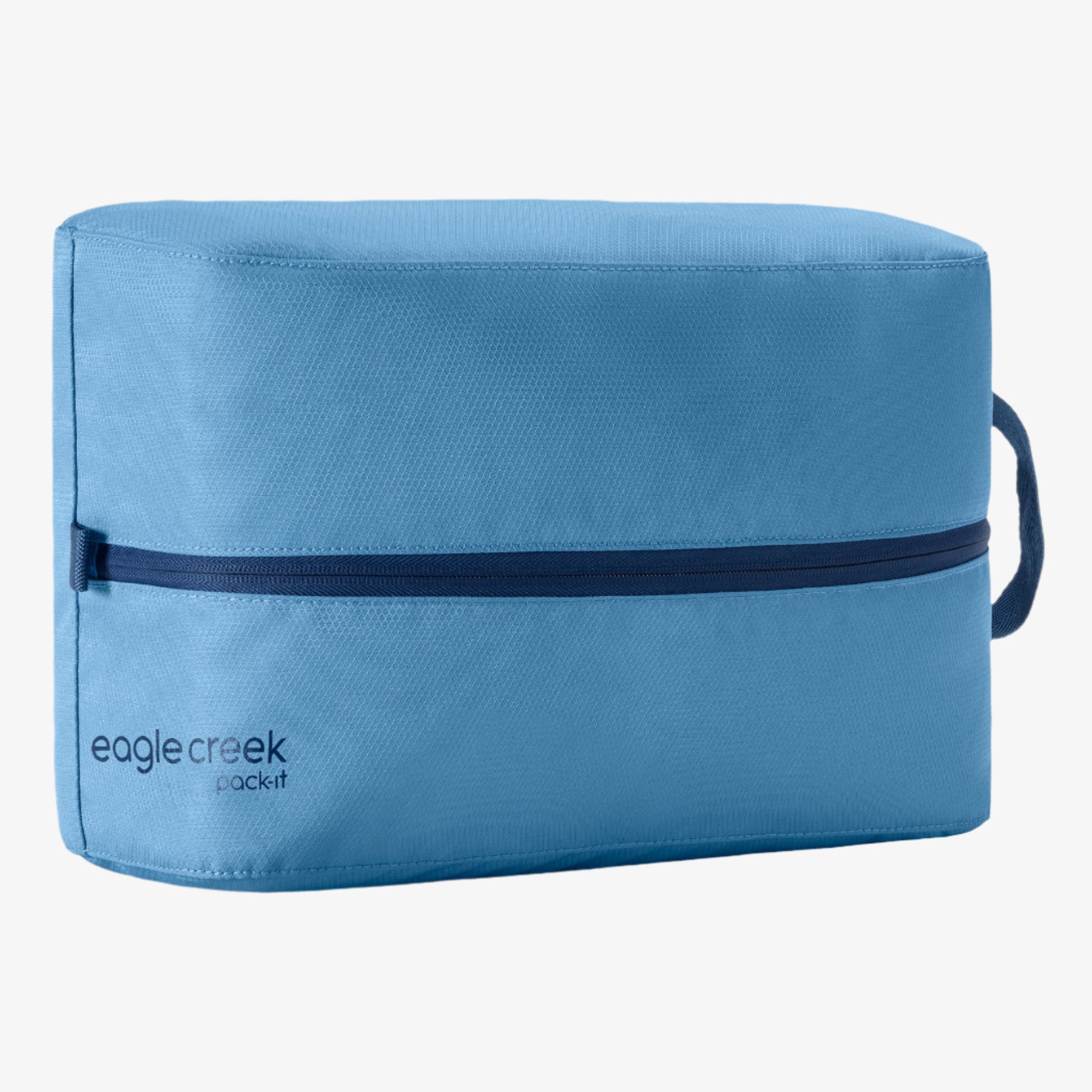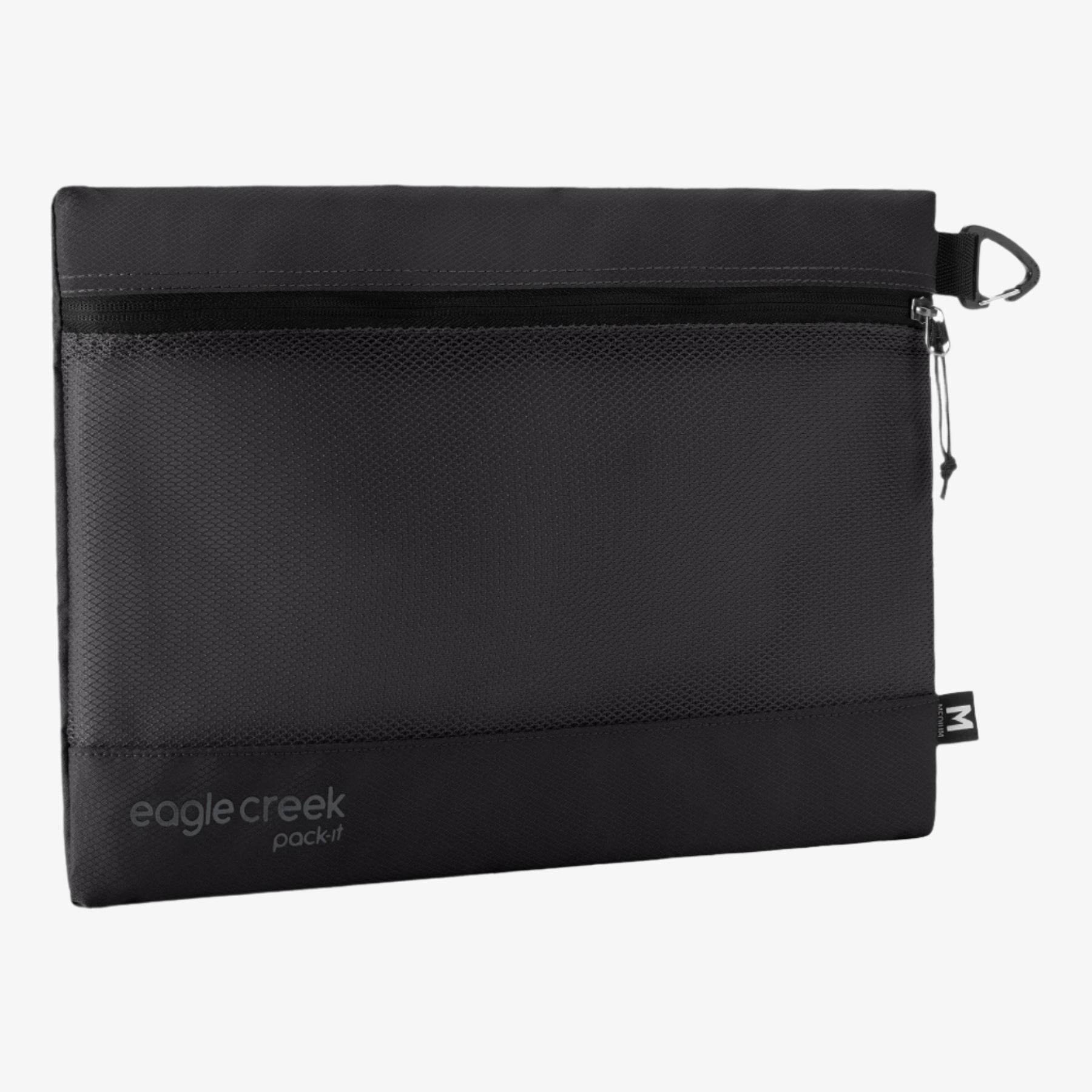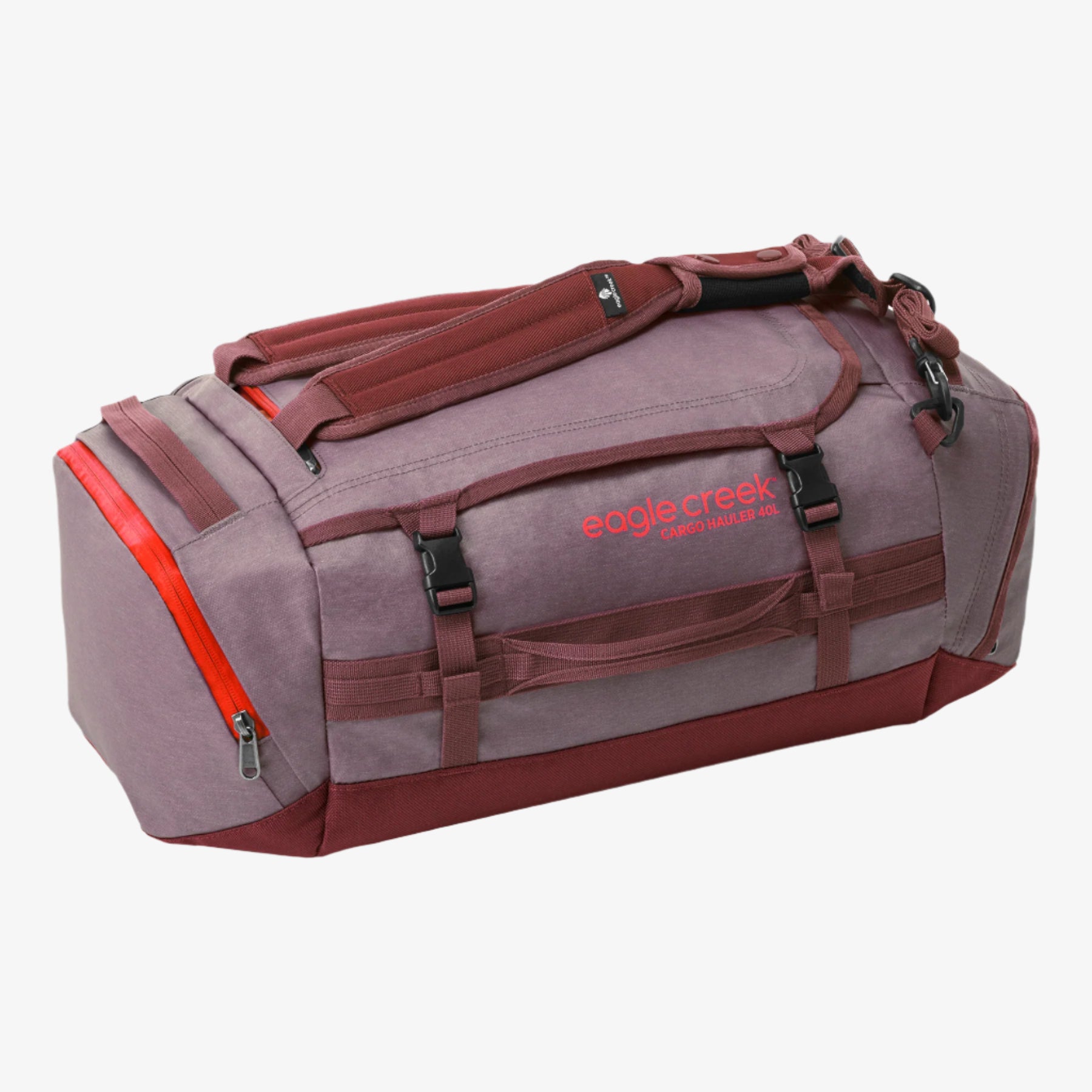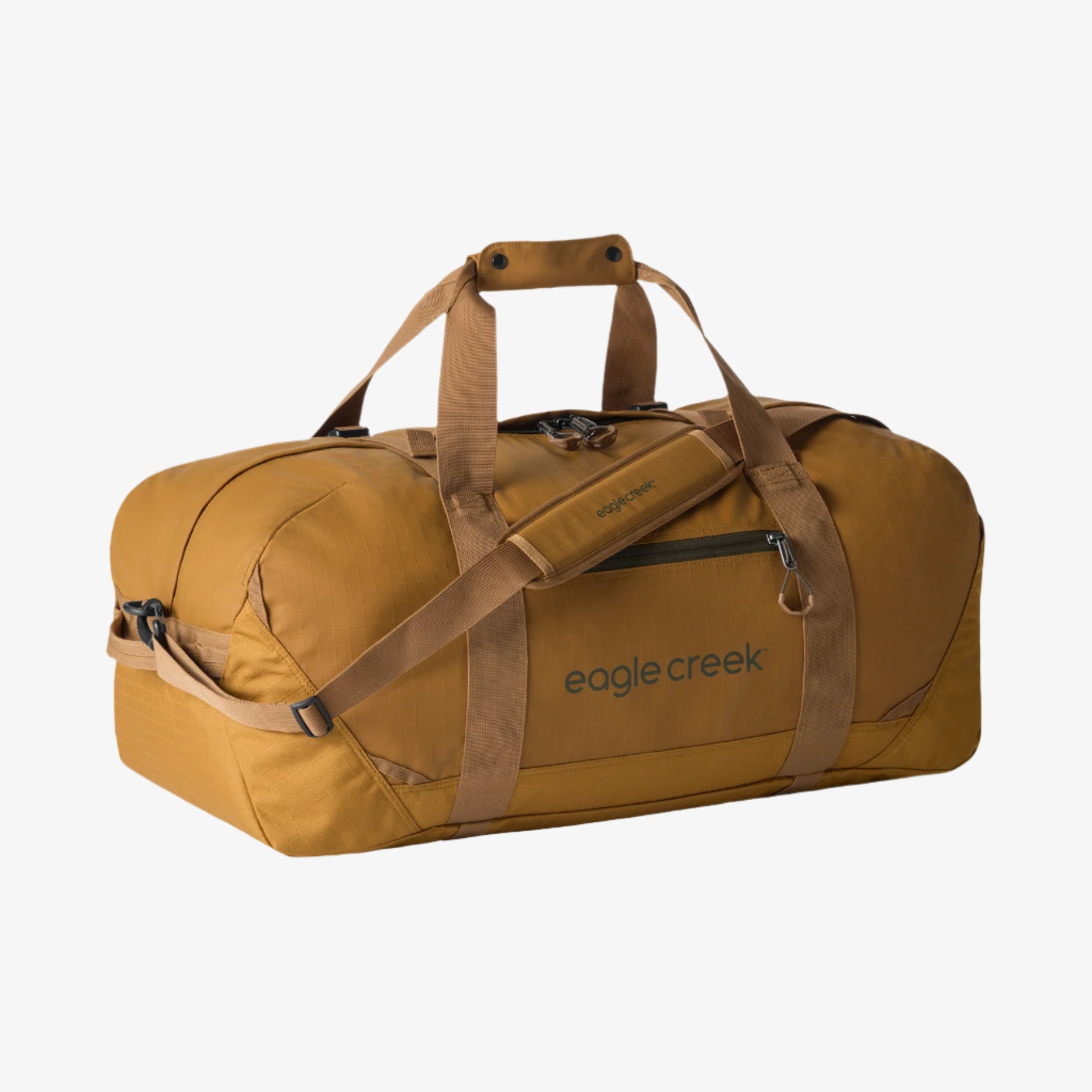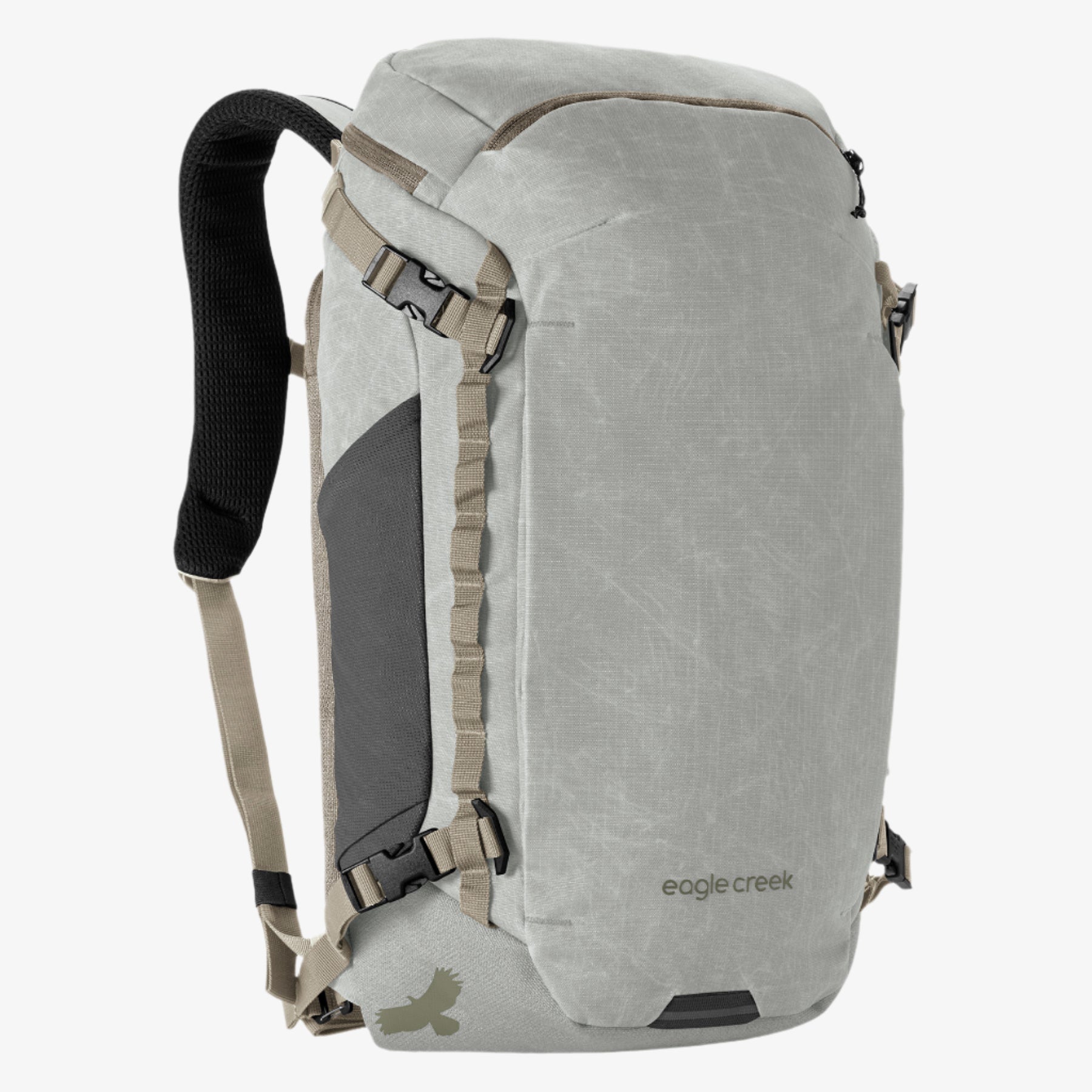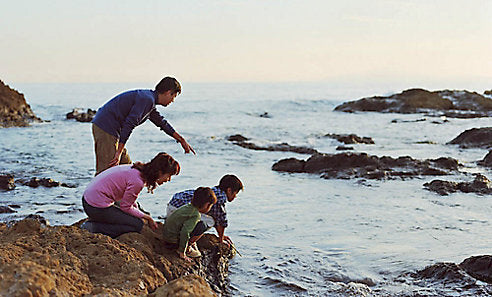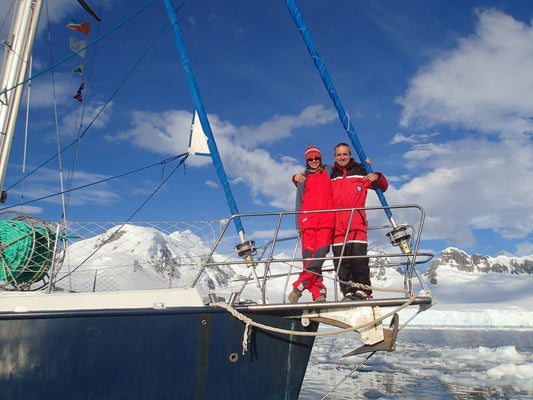Adventure travel can mean different things to different families. For some it might mean a week of trekking through high mountain peaks, for others it could be a week of adrenaline-pumping activities in Costa Rica. And for others it could simply mean soaking up the food and culture in a country very different from their own.
No matter what your threshold for adventure is, it probably means introducing your kids to new places, cultures, food, or activities. You’re taking them—and maybe yourself—out of your comfort zones. To make the most of the trip and ensure everyone enjoys it, you should spend some time preparing your kids for what’s ahead. Here are four important ways to get ready an adventure vacation with kids.
1. Involve Kids in Planning Your Adventure
Kids differ in their ability to step out of their comfort zones, and it might surprise you what your kids do and don’t think is too scary. At an animal preserve in Roatan last winter I was amazed at how eager my shy 10-year-old was to have capuchin monkeys climbing on her. Getting your kids involved in planning your adventure vacation by asking what appeals to them and what is an absolute deal-breaker can potentially save you planning time, money, and stress in the long run.
Conversely, kids don’t always delight in the same activities adults find exciting. Adventure tour guide Jacquie Whitt cautions that if you are visiting places like Greece, Machu Picchu, or Angkor, “kids will get ruin fatigue before you do.” She recommends planning some hands-on activities to break up the days looking at old stuff. These might include a day relaxing and swimming at your hotel; visiting a beach; or trying something active like kayaking, horseback riding, or visiting a cultural village.
2. Talk About What to Expect
Start with your destination country’s culture and how it’s similar or different from yours. Mention attitudes and expectations around children that might be different from attitudes and expectations at home, and stress what is considered polite and what could be considered rude.
We visited Senegal when our daughter was eight, and it was by far the poorest country we’d ever traveled to. We talked about the fun things we would do but also about the poverty we would see. We explained how and why the people there live so differently from us, what it’s like for kids there, and how travelers like us can impact less wealthy countries for better and for worse.
If you’ll be on a group tour, be clear rules like being on time, being quiet when a guide is explaining things, and following directions.
If you’ve never had your destination’s food before, get books from the library, look at pictures online, and perhaps even try to make some dishes before you leave. Knowing that they’ll be able to eat simple chicken and plain rice, familiar fruit, or new sweets might reassure picky eaters that they won’t starve. Whitt also notes, “It’s a good idea to help children understand the food customs and options for the activities you have planned.” For example, not all countries have kids menus. On a group trip you might be sharing communal meals cooked with what the support crew can carry.
3. Get the Family Fit
Kids seem to have endless energy, but running around a playground or soccer field requires a different sort of fitness than hiking for all day or at high altitude or biking or kayaking for several days. Kasey Austin, a family guide with Austin Adventures, suggests building longer walks and bike rides into your routine at home. “It helps to get the family ready for a ‘fun’ level of discomfort and to get your legs accustomed to extended use.”
A month or two before you leave, check the CDC’s Travel Health page for information on the country you’ll be visiting and perhaps schedule a visit to your family doctor or a travel clinic.
Diseases like meningitis, tetanus and hepatitis are a bigger risk whey you travel, and diseases like polio that have been largely eradicated in the U.S. can be quite common in other places. Make sure kids (and adults) are up to date with routine vaccines and schedule boosters if you need to. Then consider what additional vaccines, like typhoid, rabies, or yellow fever you might need.
If you’ll be in a malaria zone talk with a doctor, too, about the pros and cons of malaria medications at different ages. Also discuss strategies beyond vaccines for protecting against mosquito-borne diseases. These might include carrying repellent with more DEET than you normally would use, or packing permethrin-infused clothes and mosquito netting.
4. Help Kids Pack for Your Adventure
Packing for adventure trips can be tricky because there are extra things you need and you can’t count on popping in to a store to pick up something you forgot. But you might be limited as to how large a bag you can bring. Talk with kids about what they need to pack and why.
Have kids pack small headlamps instead of regular flashlights; they’re ideal for reading or playing games at night. If they want to bring a book, have them choose one that will last most of the trip and that they’ll be ok with leaving behind or trading with someone.
Kids will appreciate binoculars, their own cameras, and a small notebook and colored pencils for drawing or journaling. Pack a compact card game or two for low-tech evening entertainment. Help them save space with items that do more than one thing like clothes that offer sun or bug protection, quick-dry items that can replace bathing suits and longer pants that can become shorts.
A small durable backpack is ideal for kids who are carrying their own bag—especially if it has pockets to keep them organized—and gives them the option to explore hands-free. Pick a larger version that has the option to expand for adults.
For both kids and adults, packing organizers will maximize the space in a small bag and keep items organized (read: you won’t spend precious time during your vacation searching for your kid’s missing socks). If you’re sharing suitcases, opt for a different color organizer for each family member so everyone can easily identify their items.
Adventure travel can be an amazing way to watch your kids challenge themselves and grow and can create great family memories. A little advanced planning and prep goes a long way toward making sure everything goes right.
Related Links (from Eagle Creek blog):
Family Travel: A Closer Look at the Expanse Collection
Buying Guide: Pack-It Packing Organizers and Compression Bags
